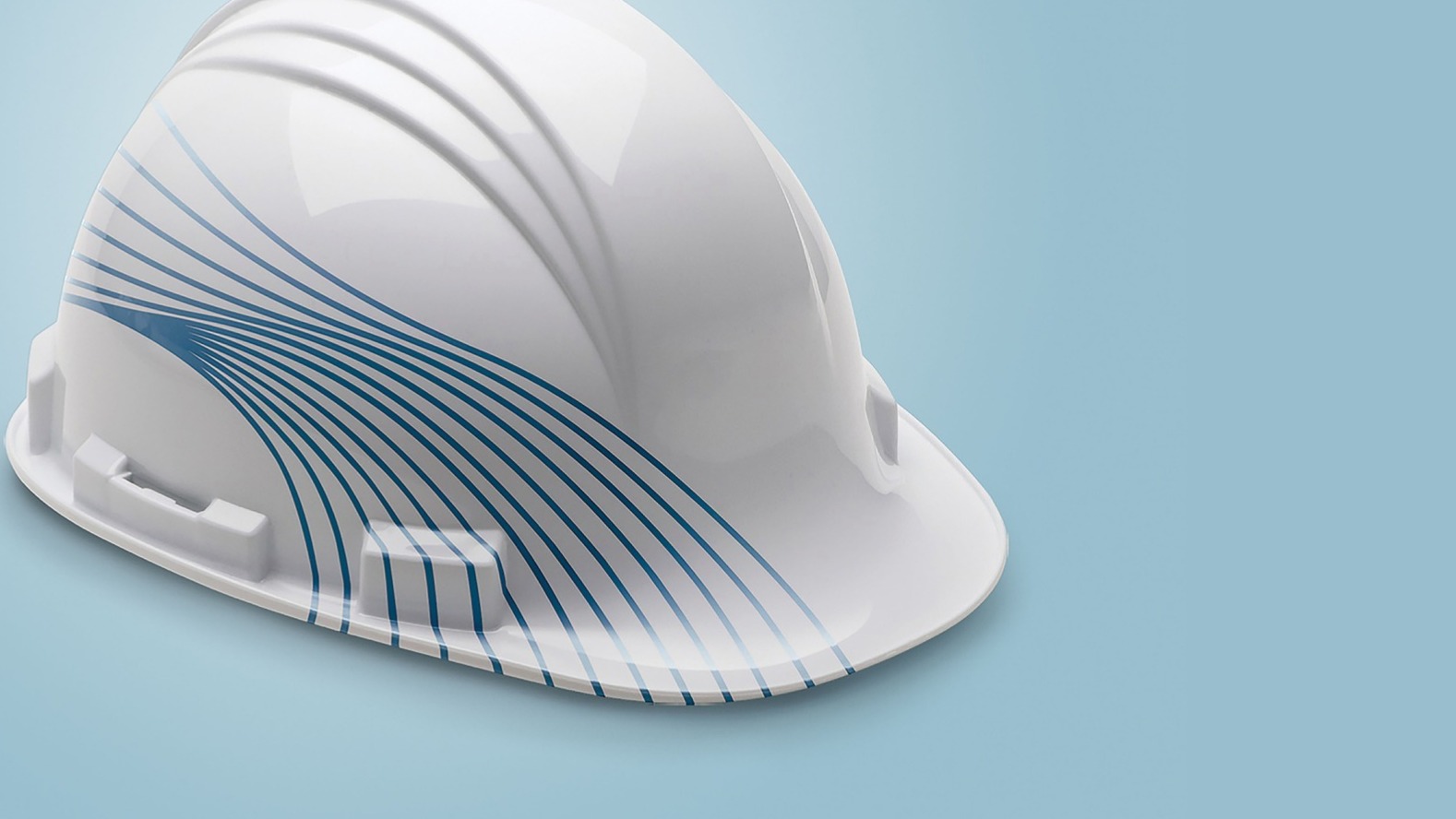
Insulation for All Seasons in New Rochelle
Insulation for All Seasons: Keeping Heat In and Out
Table of Contents
Introduction
Maintaining a comfortable indoor environment year-round is a priority for homeowners. Insulation plays a crucial role in keeping heat inside during colder months and preventing heat gain during warmer months. By effectively insulating your home, you can achieve energy efficiency, reduce utility costs, and create a comfortable living space regardless of the season. In this article, we will explore the importance of insulation for all seasons and provide insights on how to keep heat in and out of your home.
Insulation for Winter: Keeping Heat In
During the winter months, it is essential to focus on insulation measures that retain heat inside your home. Here are some key strategies:
1. Attic Insulation
A significant amount of heat can be lost through the attic. Ensure that your attic is properly insulated with materials such as fiberglass batts, cellulose, or spray foam insulation. This will create a thermal barrier, preventing warm air from escaping through the roof.
2. Wall Insulation
Insulating exterior walls is crucial for minimizing heat loss. Depending on the construction of your home, you can consider options such as cavity wall insulation, blown-in insulation, or insulated sheathing. These materials help trap heat within the walls, keeping your home warm and cozy.
3. Window and Door Insulation
Windows and doors are common areas for heat loss. Install weatherstripping and apply caulking or sealant around window frames and doorways to minimize drafts and air leakage. Consider using double-glazed or energy-efficient windows and insulated doors to enhance insulation performance.
4. Floor and Crawl Space Insulation
Insulating floors and crawl spaces can prevent cold air from seeping into your home. Use insulation materials suitable for the specific flooring type, such as fiberglass batts, foam boards, or spray foam insulation. Insulating crawl spaces with vapor barriers and insulation will also help keep the floors above warmer.
Insulation for Summer: Keeping Heat Out
During the summer, it is essential to focus on insulation measures that prevent heat from entering your home. Here are some key strategies:
1. Roof and Attic Insulation
Proper insulation in the roof and attic can significantly reduce heat gain. Consider installing reflective roof coatings or radiant barriers to reflect sunlight away from the roof surface. Insulate the attic with materials that provide a high resistance to heat transfer, such as spray foam insulation or rigid foam boards.
2. Window and Door Insulation
To prevent solar heat gain, use window treatments such as blinds, curtains, or solar films that block or reflect sunlight. Install window awnings or exterior shading devices to provide additional protection. Apply weatherstripping and sealant around windows and doors to minimize air infiltration and heat transfer.
3. Wall Insulation
Insulating exterior walls helps reduce heat transfer from the outside. Insulation materials with a high R-value, such as rigid foam boards, can effectively prevent heat penetration. Consider insulating the walls from the outside or using insulated siding to create a thermal barrier.
4. Air Sealing
Proper air sealing is crucial in preventing warm air from entering your home. Seal any gaps, cracks, or openings in the building envelope, including around windows, doors, electrical outlets, and plumbing penetrations. This will help maintain a cool indoor environment and reduce the workload on your cooling system.
Recommended Insulation for Every Season
Winter: To keep your home warm during winter, consider the following insulation recommendations:
- Ensure proper insulation in the attic to prevent heat loss through the roof.
- Insulate exterior walls to minimize heat transfer and maintain a comfortable indoor temperature.
- Seal gaps and cracks around windows and doors to prevent drafts.
- Insulate floors and crawl spaces to prevent cold air infiltration.
- Use insulated window coverings or films to reduce heat loss through windows.
Summer: To keep your home cool during summer, consider the following insulation recommendations:
- Install reflective roof coatings or radiant barriers to minimize heat gain through the roof.
- Insulate exterior walls to reduce heat transfer from the outside.
- Use shading devices such as awnings or blinds to block direct sunlight.
- Seal air leaks around windows, doors, and other openings to prevent hot air from entering.
- Insulate floors and crawl spaces to minimize heat transfer from the ground.
Spring and Fall: During transitional seasons, it's important to maintain insulation for both heating and cooling purposes. Consider the following recommendations:
- Inspect and ensure the proper insulation levels in the attic and walls to maintain consistent indoor temperatures.
- Check and seal any air leaks or gaps around windows and doors.
- Consider energy-efficient windows and doors that provide insulation benefits year-round.
- Regularly maintain and clean insulation materials to ensure optimal performance.
Conclusion
Insulation is a vital component of maintaining a comfortable indoor environment throughout the year. By implementing insulation measures that focus on keeping heat in during winter and out during summer, homeowners can achieve energy efficiency, reduce utility costs, and create a pleasant living space regardless of the season.
Whether it's insulating the attic, walls, windows, doors, or floors, each step contributes to a more comfortable and sustainable home. Contact New Rochelle Insulation Pros today and get a free quote for our professional insulation services.